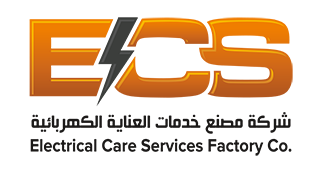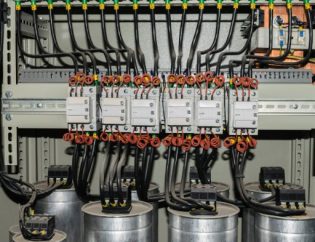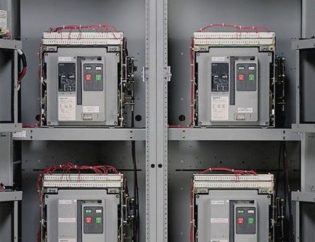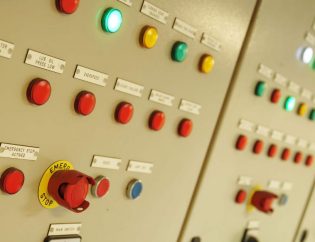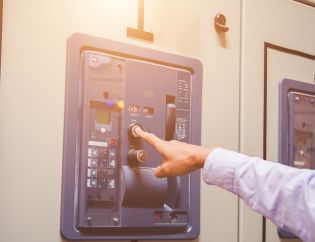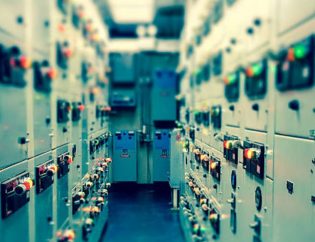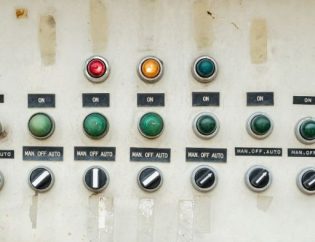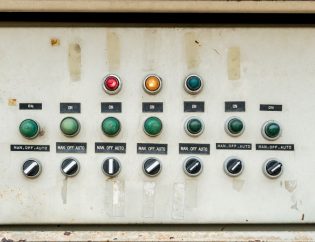Understanding Distribution Panel Board Wiring:
Before delving into wiring mistakes, let’s have a brief overview of distribution panel board wiring components. The distribution panel board serves as the central hub for electrical power distribution within a building or facility. It consists of circuit breakers or fuses, bus bars, neutral and ground bars, and various terminals for connecting incoming and outgoing wires. Proper wiring connections are essential for distributing power to different circuits accurately.
Common Wiring Mistakes in Distribution Panel Board Installation:
Overcrowding the panel board:
One common mistake is overcrowding the panel board by squeezing too many wires into a limited space. This can lead to heat buildup, poor ventilation, and increased risk of wire damage or electrical faults. It’s important to organize and manage the wiring within the panel board efficiently, leaving enough space for proper airflow and heat dissipation.
Incorrect wire sizing:
Choosing the right wire gauge for each circuit is crucial. Using undersized wires can result in overheating and potential fire hazards, while oversized wires waste resources and may not fit properly in terminals. Adhering to electrical code requirements and conducting proper load calculations are essential for selecting the appropriate wire size.
Improper grounding:
Grounding plays a vital role in electrical safety, providing a path for excess electrical current to dissipate harmlessly. Common grounding mistakes include inadequate grounding connections, improper bonding of neutral and ground conductors, and failure to install grounding electrodes. These errors can compromise electrical safety and increase the risk of electrical shock or equipment damage.
Inadequate wire labeling:
Clear and accurate wire labeling is essential for troubleshooting, maintenance, and future modifications. Neglecting proper wire labeling can lead to confusion, delays, and errors during repairs or system upgrades. Each wire should be clearly labeled with its circuit identification, function, and corresponding breaker or terminal information.
Poor wire routing and bundling:
Improper wire routing and bundling can impede airflow, trap heat, and increase the chances of wire damage. It’s important to route wires away from heat sources, sharp edges, and areas prone to moisture. Bundling should be done neatly, avoiding excessive tension or strain on the wires.
Neglecting wire strain relief:
Wire strain relief is crucial for preventing tension or stress on wire connections, especially where wires enter the distribution panel board. Failure to provide adequate strain relief can lead to loose connections, wire damage, and potential electrical faults. It is recommended to use appropriate cable clamps, grommets, or conduit fittings to secure the wires and relieve strain.
Best Practices for Proper Wiring in Distribution Panel Board Installation:
To ensure a successful and safe distribution panel board installation, follow these best practices:
- Adhere to electrical code requirements and industry standards.
- Engage qualified electricians with expertise in distribution panel board installations.
- Conduct thorough planning and layout before commencing installation.
- Double-check wire connections and terminations for accuracy and tightness.
- Perform regular maintenance and inspections to identify and address any potential wiring issues promptly.
Conclusion:
Avoiding common wiring mistakes during distribution panel board installation is crucial for maintaining electrical safety and system performance. By organizing wiring, selecting proper wire sizes, ensuring adequate grounding, implementing clear labeling, and practicing proper wire routing and strain relief, you can promote a reliable and efficient electrical distribution system. Remember to adhere to best practices and seek professional assistance when needed to achieve a successful installation.
